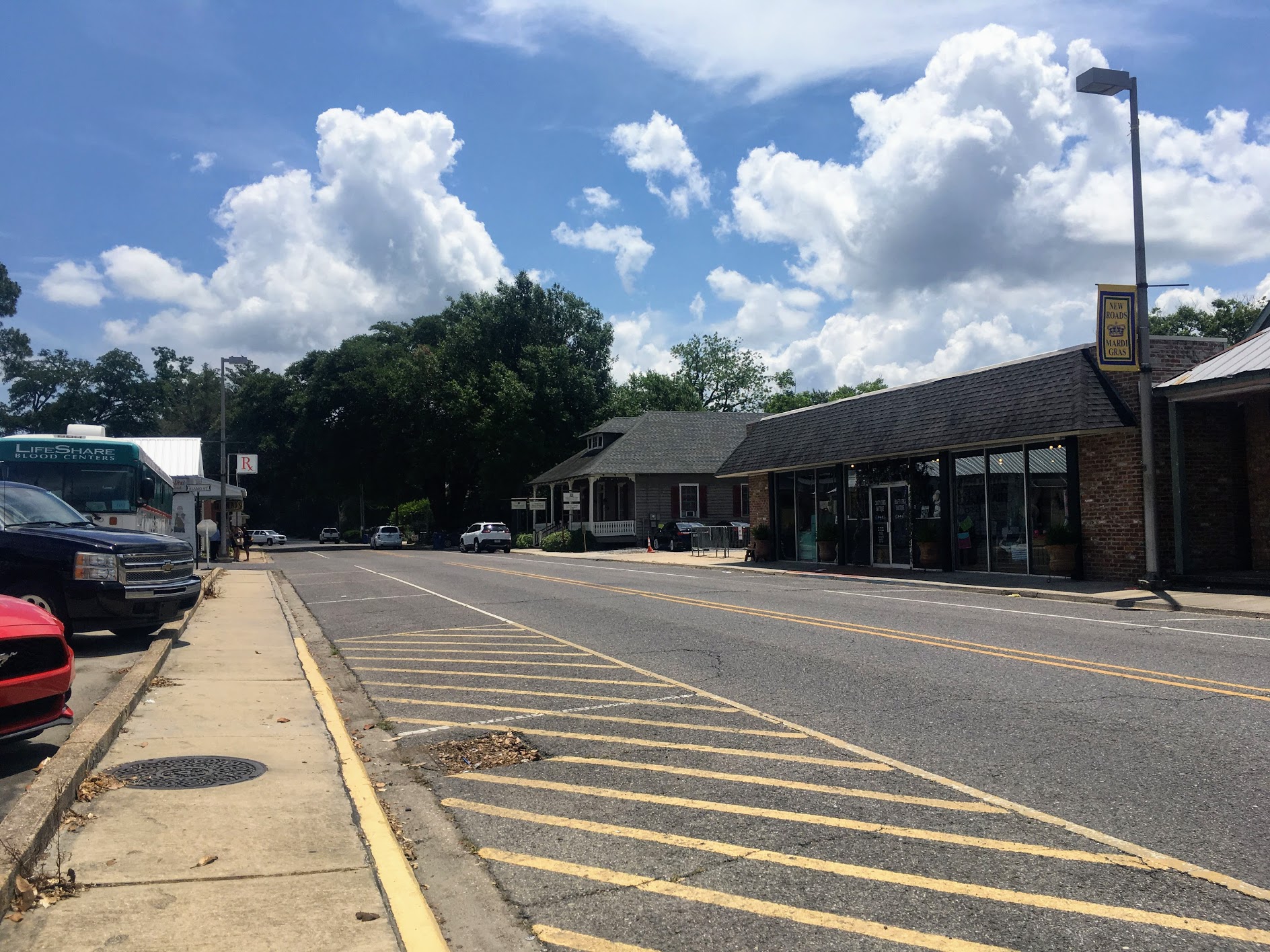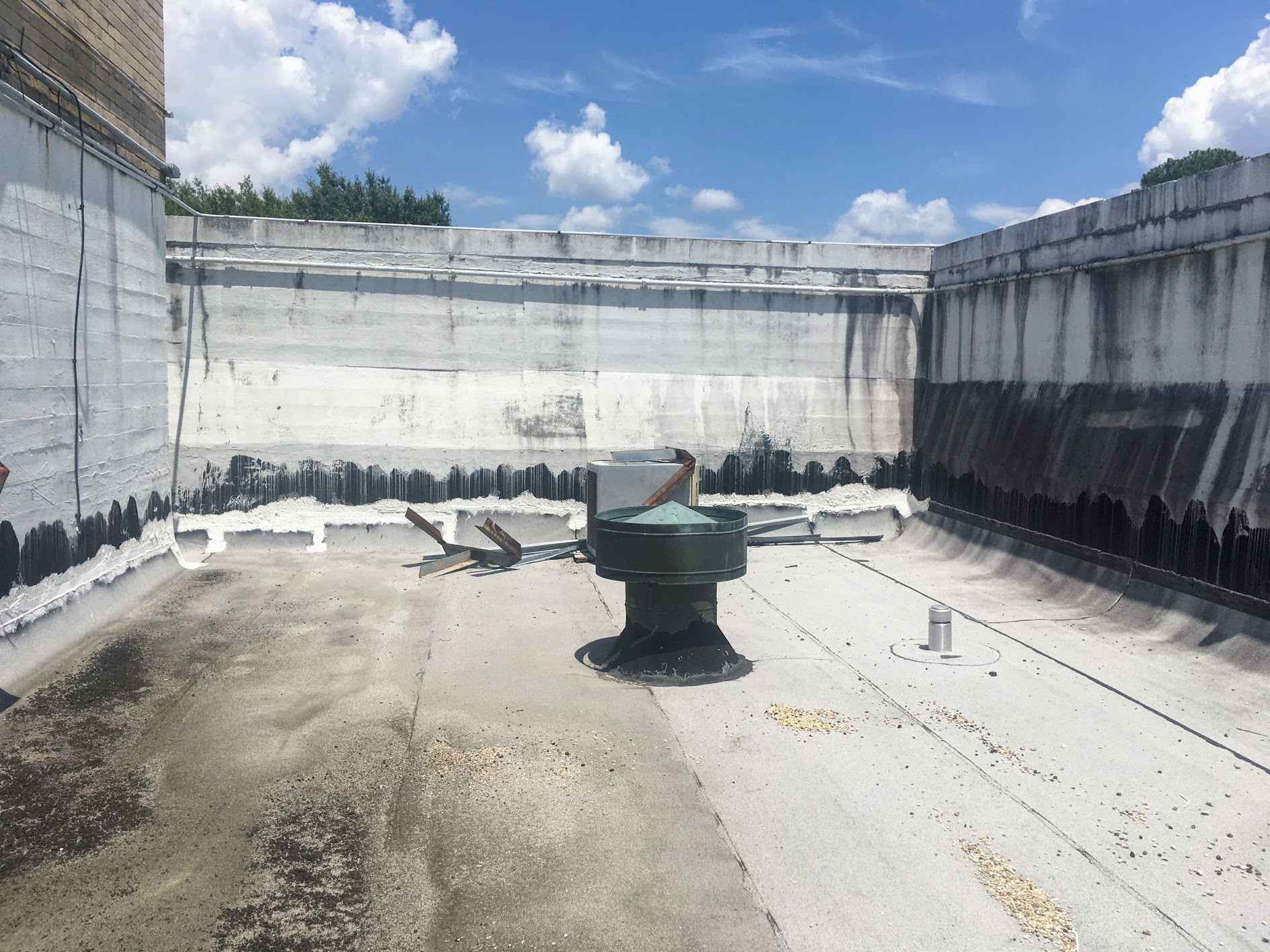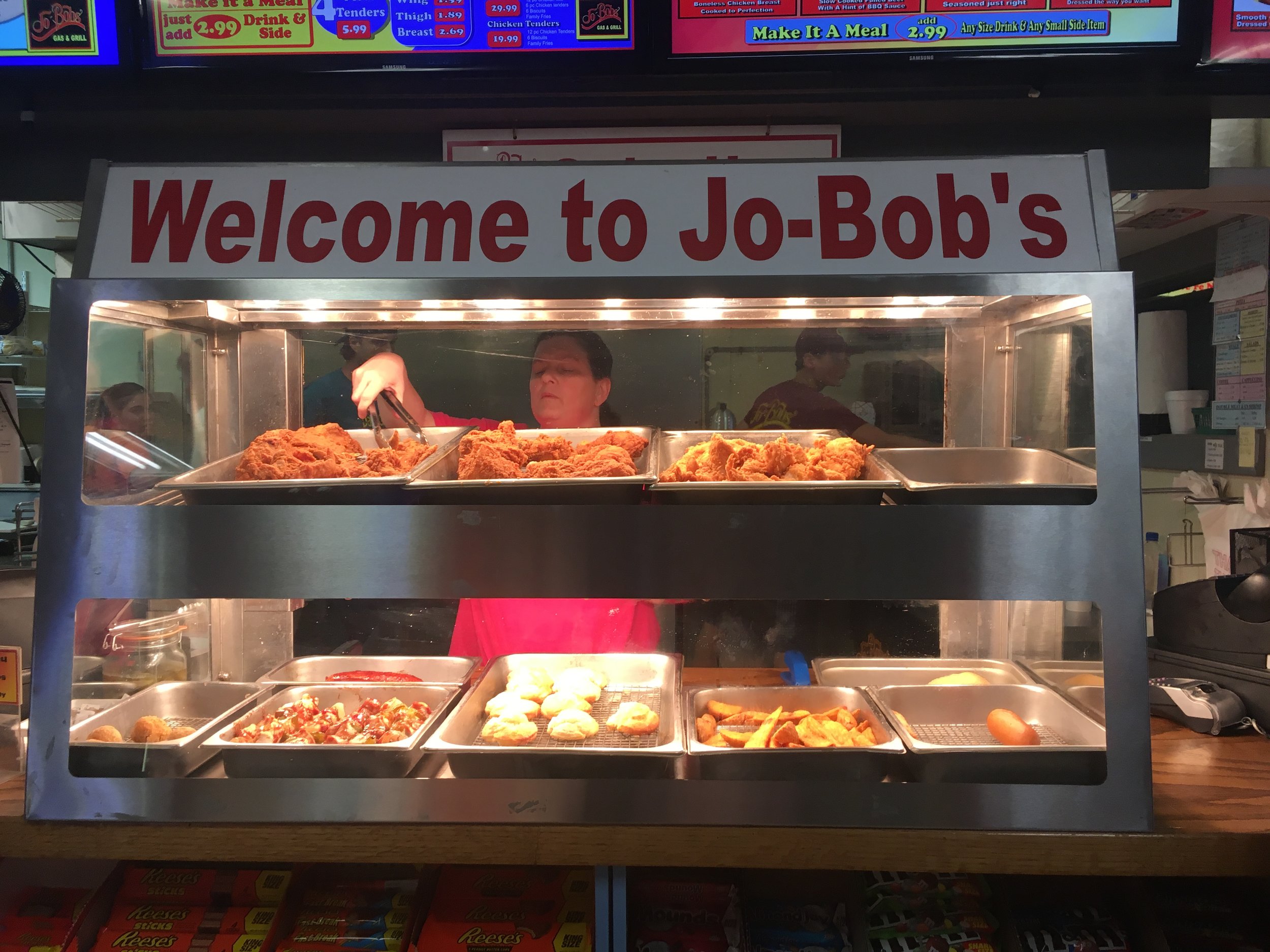Our bookpacking group left Baton Rouge and headed to Cajun Louisiana, specifically the city of Breaux Bridge, population 8,407. The car I was in pulled off into a small wooded area and stopped. Wait, is this where we are staying for the next three days?
When I first read about Bookpacking the Big Easy in an email (thank you economics department advisers!) I thought it’d be a great way to knock a GE out of the way and explore New Orleans - the only city in Louisiana that I had any prior knowledge of. I didn’t expect this trip to be much more than reading a few books about the Crescent City.
However, after reflecting on this trip, I’ve come to realize that it’s about so much more than just NOLA. The magic of bookpacking comes with exploring the small pockets of various subcultures - specifically it’s about all those small interactions with people that come from all different walks of life.
The last book we read on the trip was Same Place, Same Things by Tim Gautreaux - i's a collection of short stories. I think it's fitting for me to share some small moments that slipped through the cracks of my longer blogs to wrap up this experience.
Bookpacking is about spontaneity.
When we were in New Roads, some of the bookpackers talked to a local pharmacist and he offered to take the whole group out onto the False River on his boat. He even let us go tubing off the end of it! On the ride, I had a long discussion with him about skimboarding. In California we skimboard on the shore, where the waves gently lap up onto the sand. However, in New Roads, they don’t have beaches as the river bed drops off abruptly from the shore, so they skimboard off the wake of motor boats! Now I have something to try when I get back to my local beach. Going on a boat ride on the False River wasn’t something that was on the course description or the syllabus, but because of the kindness of the people that we met, we were able to have such a fun afternoon.
Bookpacking is about generosity.
In New Roads we had just finished our tour of the jail and courthouse, and as we were leaving we ran into the Sheriff of Pointe Coupee Parish. Sheriff Bud Torres, showcased his country songs that he wrote and recorded in Nashville. He described the origin and meaning behind some of the songs he wrote and told us about why he likes his specific version of country music. He spent a considerable amount of time with us even when he had other duties and responsibilities. It was a very much needed lighthearted moment after the somber mood brought about by the jail.
Bookpacking is about local music.
When we were in the Bayou we went to Joie de Vivre coffee shop and listened to live Cajun music. One the musicians explained the difference between Zydaco music and Cajun music and even let us play his instrument: the single string tub bass.
“There’s nothing wrong with west Texas, but there’s something wrong with a child living there who doesn’t belong, who will be haunted the rest of her days by memories of... the head-turning squawk of her uncle’s accordion, the scrape and complaint of her father’s fiddle as he serenades the backyard on weekends, vibrations of the soul lost for what?”
Bookpacking is about pride.
In that same coffee shop, I noticed that the barista had an inverted pink triangle. I complimented him on his tattoo, and he said "it's a pride tattoo!" I told him that I knew what it was, and gestured towards myself. We shared a smile.
Bookpacking is about religion.
A tour guide in Cajun Louisiana explained how important the Virgin Mary was to his community and how they proudly display her in their front yards - a tradition that he claimed isn't followed anywhere else.
“Grandmère, the Pope said St. Christopher wasn’t for real.” He glanced at the magnet on the bottom. T-Jean’s grandmère gave him a scoffing look. “If you believe in something, then it’s real. The Pope’s all right, but he spends too much time thinking about things instead of visiting people in grass huts like he ought.”
Bookpacking is about stories.
It’s about hearing about the tale of Evangeline by Henry Wadsworth Longfellow and seeing the Evangeline oak in person - a small claim to fame by the people of St. Martinville.
“What would that poor baby eat for supper?
Can she get turtle sauce piquante in Lubbock? And T-Jean’s grandmère thought of the gumbos Lizette would be missing, the okra soul, the crawfish body. How could she live without the things that belong on the tongue like Communion on Sunday? For living without her food would be like losing God, her unique meal.”
Bookpacking is about food.
Po-boys from a fruit stand, Chinese food in the Bayou, $0.75 P&J oysters.
Captain Tom from the swamp tour told us how to make turtle stew, a waitress taught us how to eat crawfish, and a vendor in the French Market talked to me in great detail about the difference between alligator tail meat and body meat. Food is intertwined with culture and culture is intertwined with food - in trying new foods I was able to open up a dialogue about culture.
Bookpacking is about people.
While bookpacking was pitched in that first email as the interaction of literature with location, at the end of the day, it turned out to be the people we met and talked to who made the largest impact on this wonderful experience.













